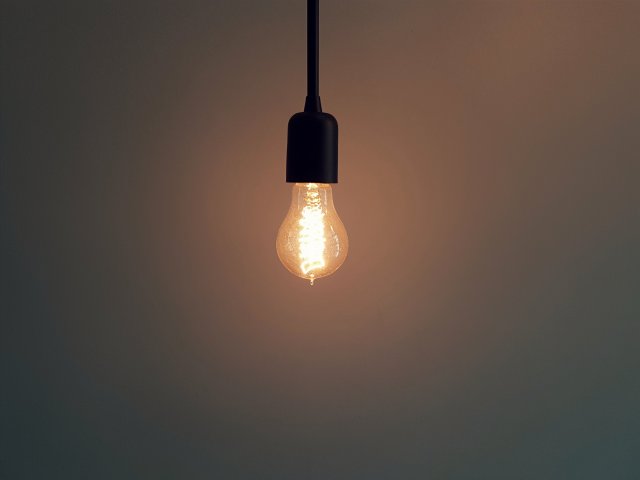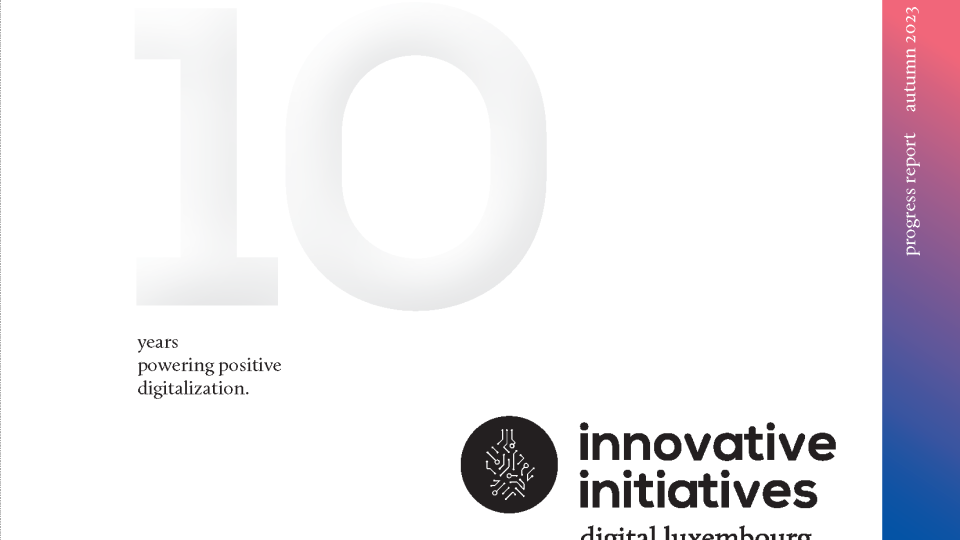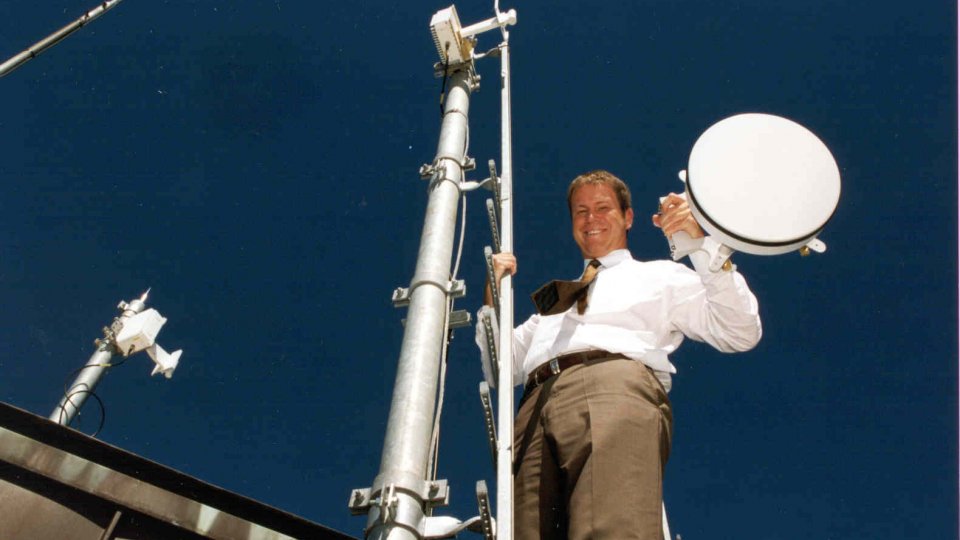Li-Fi stands for Light Fidelity and is wireless communication technology that, with the help of special chips installed inside LED lightbulbs, transmits data using visible light.
It’s essentially Wi-Fi, but with visible light waves instead of radio waves. So, how does it work?
Imagine wiring for light fixtures passing along the ceiling of a room. Electrical current from a server or cloud passes data through the wire before it lands in an LED light bulb.
This current produces a stream of light, the intensity of which can be altered at extremely high speeds. The modulated light is received by a detector (often a dongle with photo-sensor), translated into a signal and then converted back into a binary data stream that enables wireless connectivity.
Simply put: Light transmits data at astonishing speed. Speed is the primary feature that puts Li-Fi light years ahead of Wi-Fi: It is approximately 100 times faster than standard Wi-Fi.
And, given the amount of data we are generating (and the rate at which we are producing it), Li-Fi certainly seems better fit to accommodate it all. This capacity for remarkable high speed, therefore, makes it the perfect companion for the impending Internet of Things.
What’s more, as there’s no electromagnetic interference it can be used safely in hospitals and on planes. And as light can penetrate water, it works to a depth of around 200 meters.
Security is another important factor. Given Li-Fi’s short range, it is significantly more secure than Wi-Fi. Why? Well, it cannot pass through walls.
Which is where we come to the major downside of the technology. For it to work, an LED bulb is essentially needed in every room in homes, offices, etc. (with the exception of doorless spaces as Li-Fi can bounce off walls and round corners!).
That also rules out public spaces where Wi-Fi hotspots reign. This perhaps determines one important point: Li-Fi will not replace Wi-Fi completely. It will complement it.
Li-Fi requires LED bulbs to be on all the time. The good news is that LED bulbs can be dimmed down and are more energy-efficient.
140 years ago, Thomas Edison and his team invented the first tungsten light bulb. We’ve come a long way since then, and with its potential to transform every light bulb into a smart device, the future is looking bright for Li-FI.







